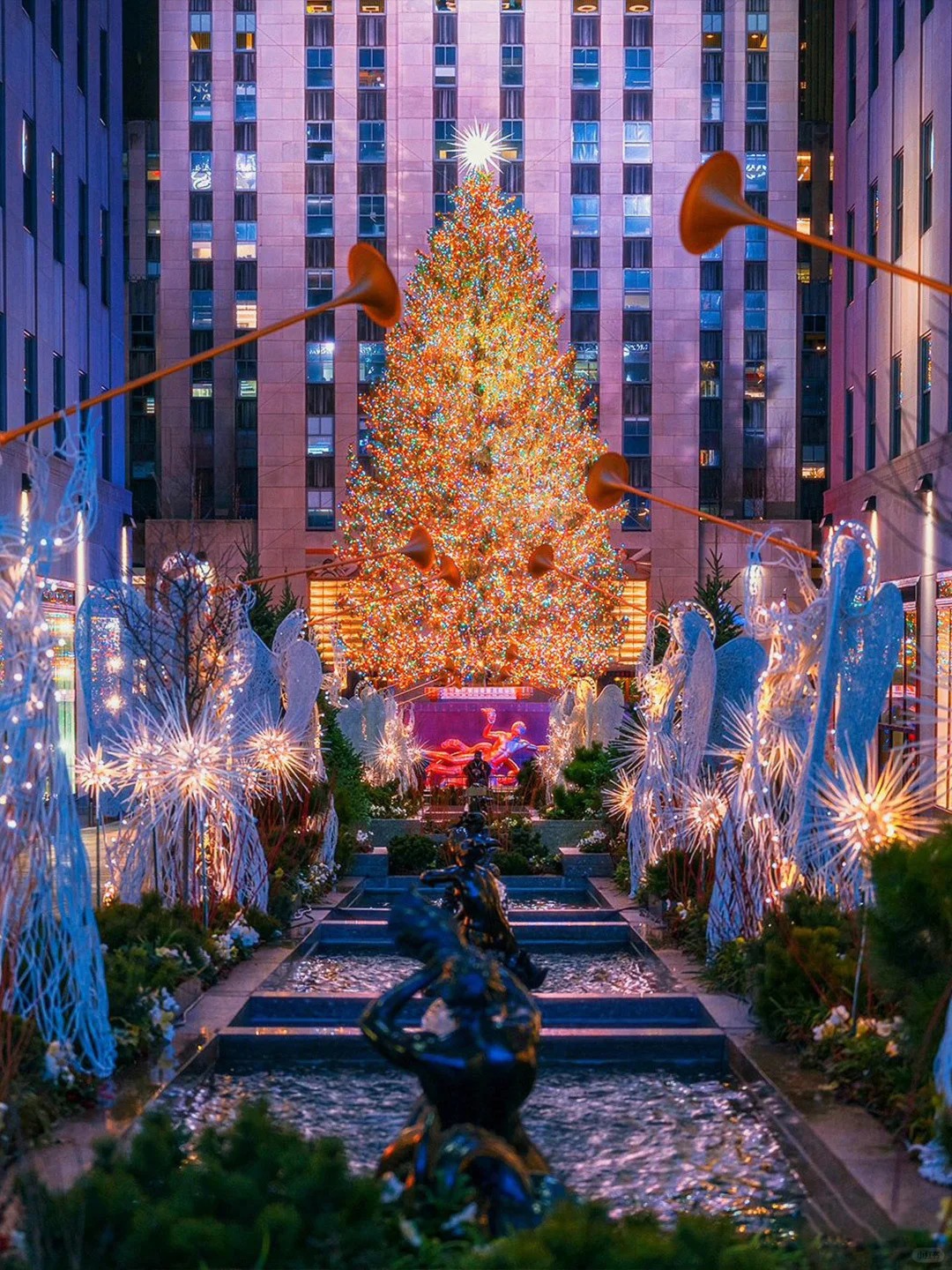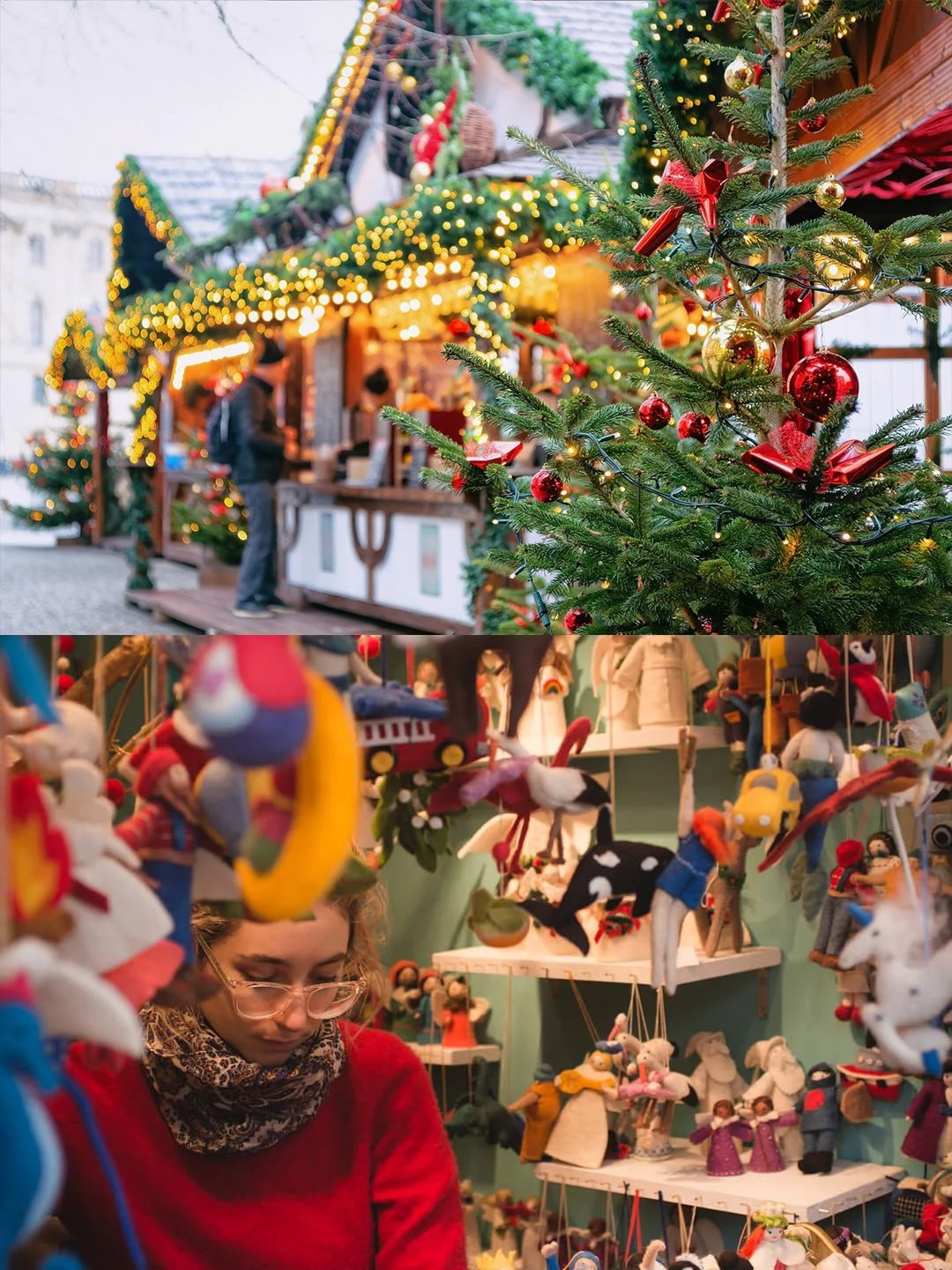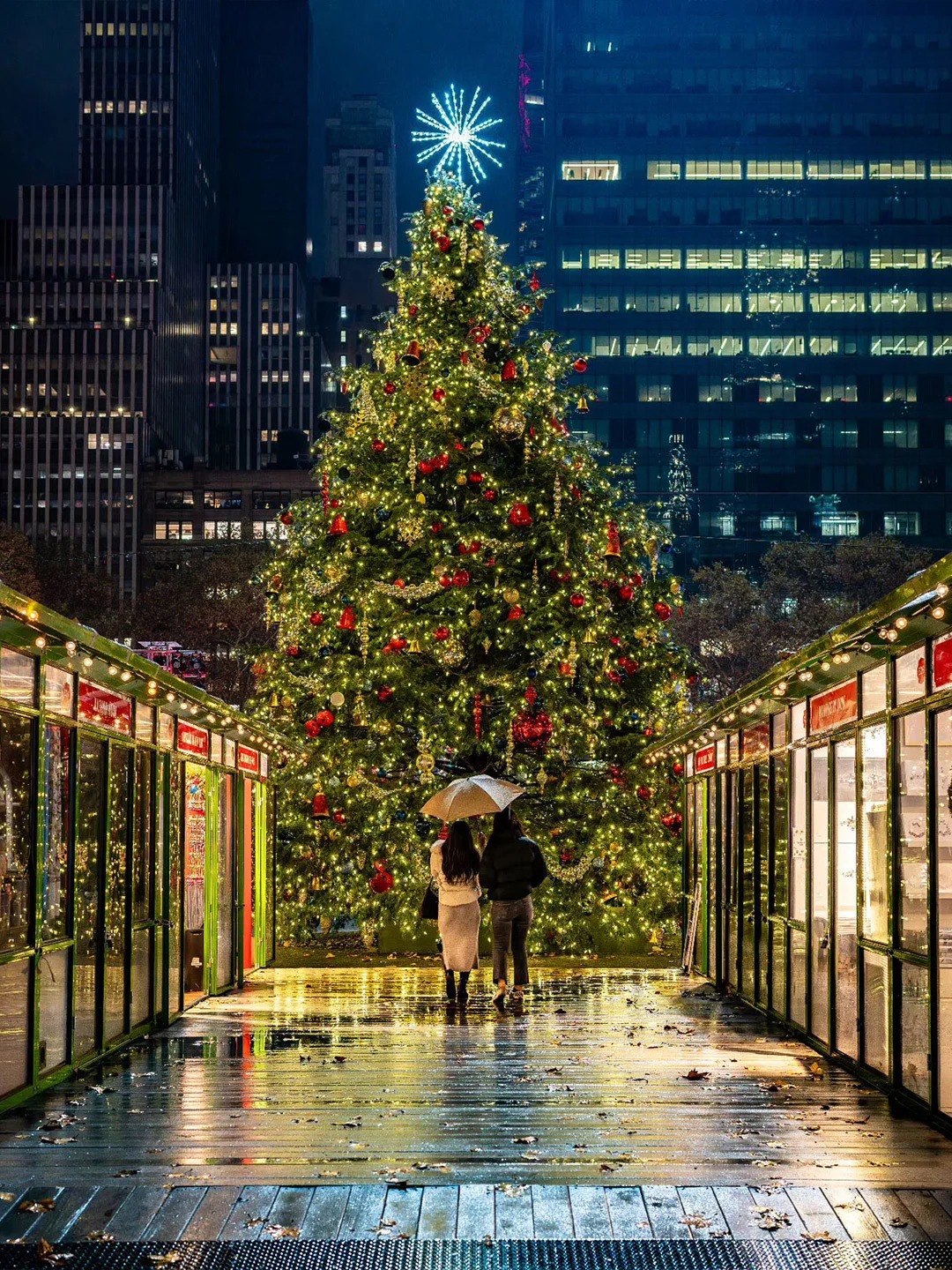The tradition of Christmas trees is a
fascinating blend of history, culture, and evolution

Reflecting the diverse influences that have shaped modern Christmas celebrations. While the exact origins are shrouded in debate, the Christmas tree as we know it today has its roots in various ancient customs and religious practices.
Ancient cultures around the world have long held a deep reverence for trees, associating them with life, death, and rebirth. The evergreen nature of certain trees, particularly in the winter months, made them symbols of endurance and hope. In pre-Christian Europe, trees were often used in winter solstice celebrations, representing the promise of the returning sun and the renewal of life.
The modern Christmas tree tradition is often traced back to 16th-century Germany, where the "paradise tree" or "Tannenbaum" was decorated with apples, representing the Garden of Eden, and candles, symbolizing the light of Christ. The practice of bringing an evergreen tree into the home and adorning it with ornaments can be linked to the medieval "Adam and Eve" plays, where a tree was used as a central prop, and fruit was added to represent the forbidden fruit from the Garden of Eden.

Martin Luther, a key figure in the Protestant Reformation, is said to have been the first to add lighted candles to a tree, inspired by the stars twinkling in the night sky. This act transformed the tree into a symbol of the Christian faith, blending the older pagan traditions with Christian symbolism. The tree became a way to celebrate the birth of Christ, with each light representing the light of Christ that came into the world.
By the 19th century, the Christmas tree had become a firmly established tradition in Germany, and as Germans migrated to other parts of Europe and the Americas, they brought their customs with them. In England, the tradition was popularized by the royal family. Queen Victoria and her German-born husband, Prince Albert, were depicted with a decorated tree in the 1840s, an image that was widely circulated and helped to popularize the custom among the British public.
In the United States, the Christmas tree tradition faced initial resistance due to its pagan origins and the strict religious beliefs of the early settlers. The Puritans, for instance, banned the celebration of Christmas in the Massachusetts Bay Colony, viewing it as a pagan holiday unworthy of a devout Christian society. However, as the country became more diverse and urbanized, the Christmas tree began to gain acceptance. The tradition was further popularized by the publication of the now-famous image of Queen Victoria and Prince Albert with their tree, which was reprinted in an American magazine, helping to normalize the practice.

The 20th century saw a significant shift in the way Christmas trees were used and perceived. The environmental impact of cutting down large numbers of trees for holiday celebrations led to the creation of artificial trees. Initially made from goose feathers in Germany in the 1880s, these trees evolved over time, with materials ranging from aluminum to plastic. The convenience and practicality of artificial trees, which could be reused year after year, made them increasingly popular, especially in the United States, where by 2021, 84 percent of households reportedly used artificial trees, according to the American Christmas Tree Association.
The Christmas tree, whether real or artificial, has become a central symbol of the holiday season, reflecting the blend of religious significance, cultural heritage, and commercial appeal that defines modern Christmas celebrations. It stands as a testament to the adaptability of traditions and the enduring power of symbols to bring people together in celebration. As we deck the halls and trim the tree, we participate in a custom that spans centuries and crosses cultures, a tradition that continues to evolve while remaining a cherished part of the festive spirit of the season.
